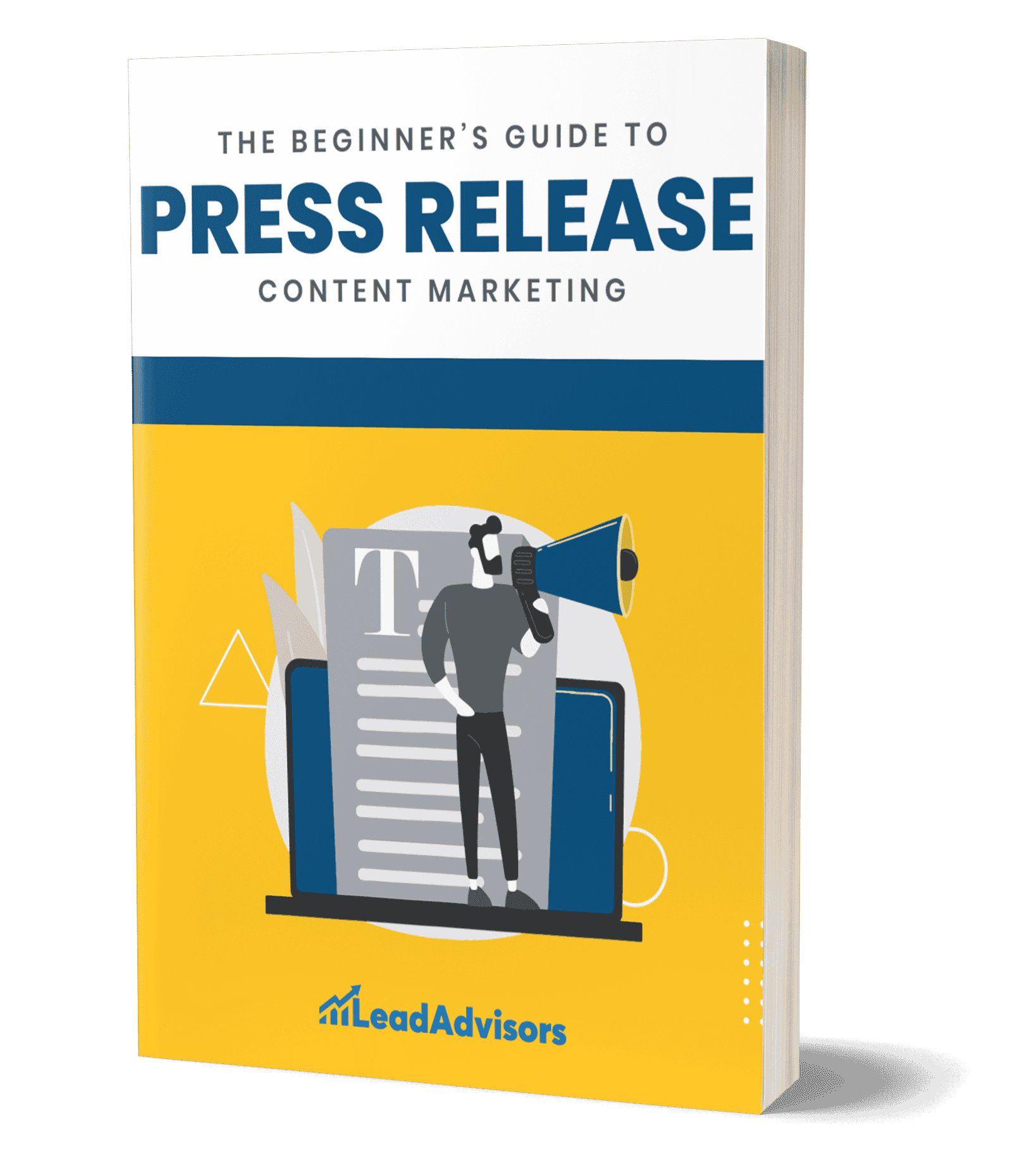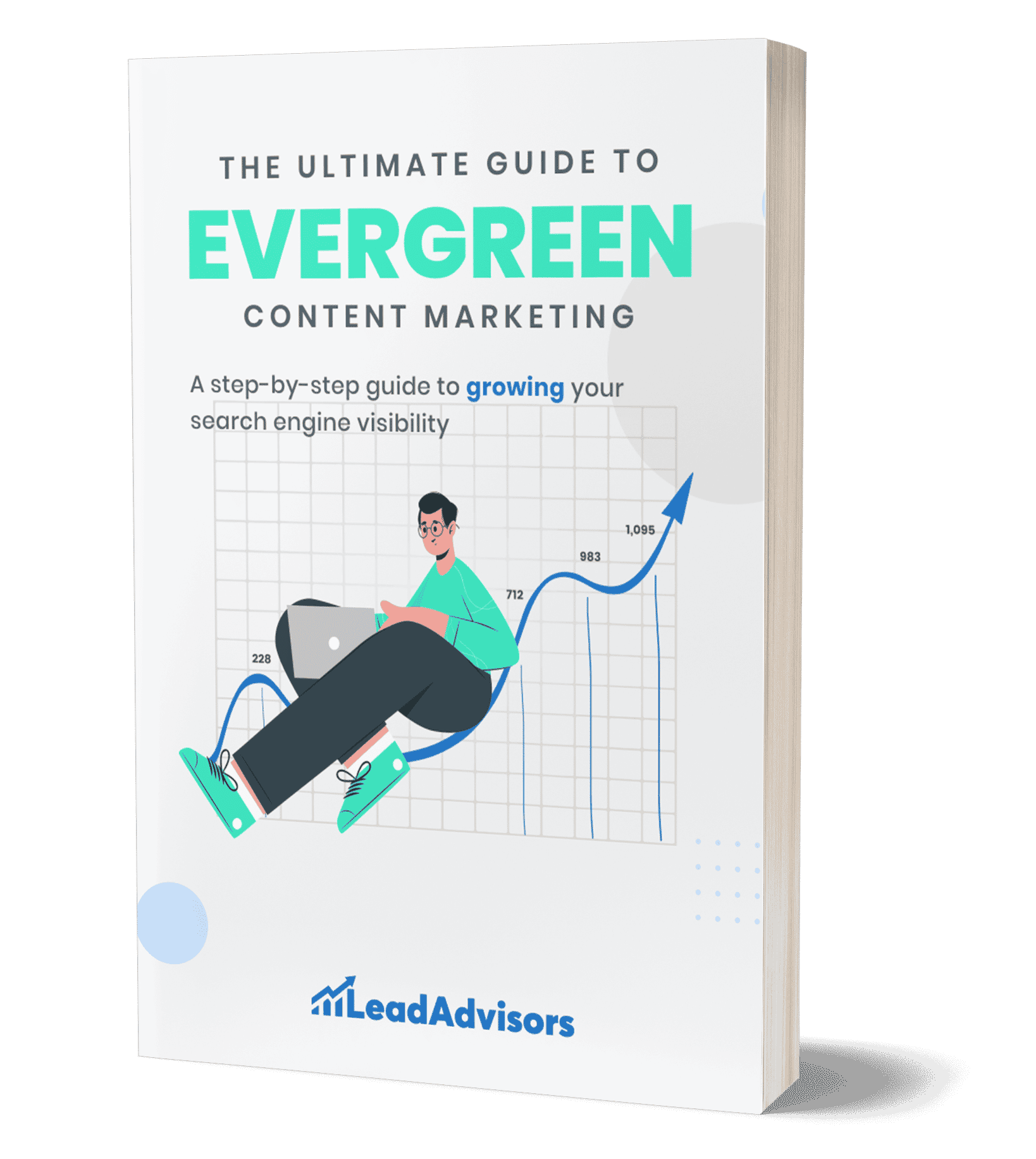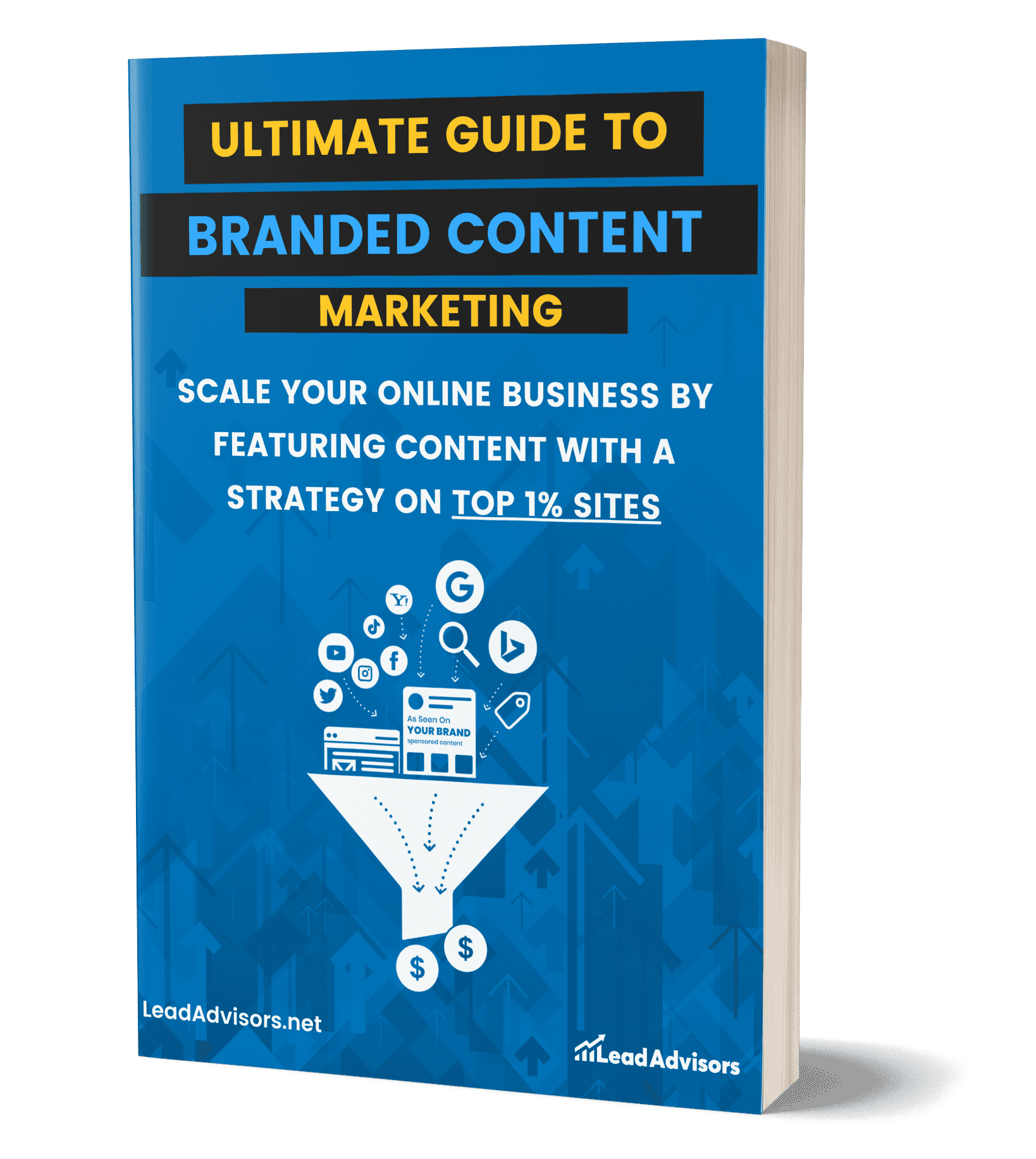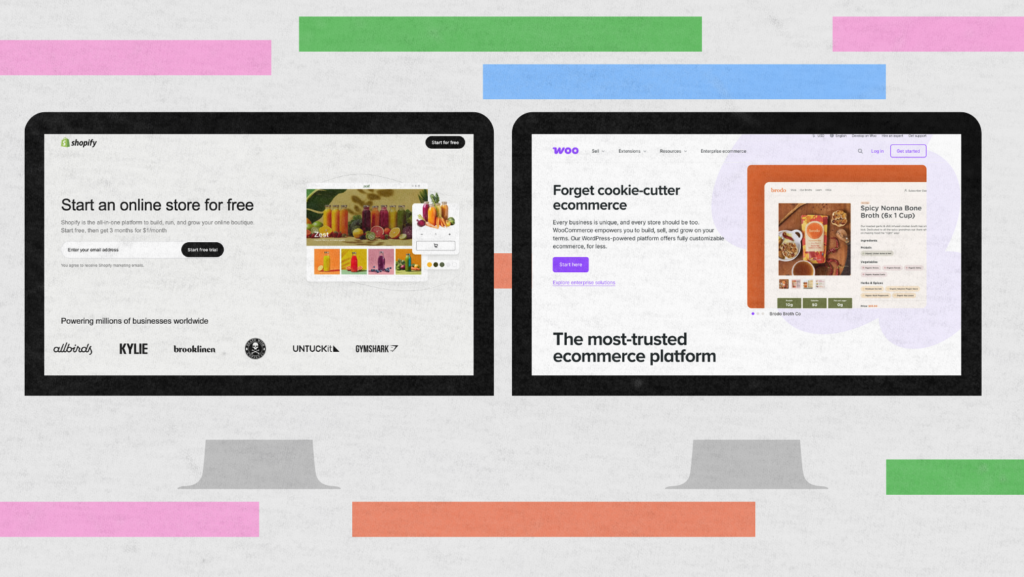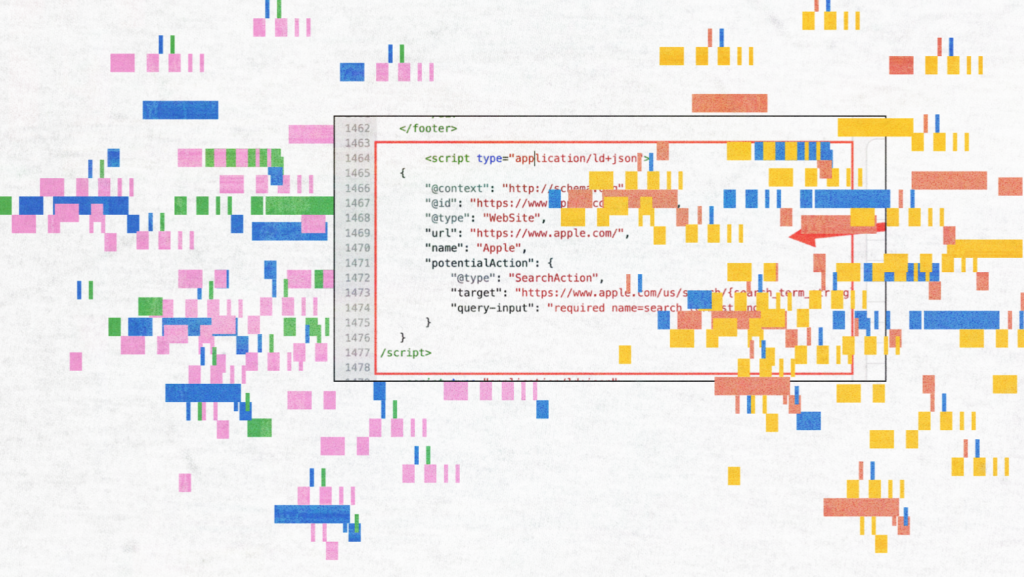AI search has totally changed the game. These days, it’s not enough for your brand to pop up in results—you want it cited as a trusted source. And this isn’t just hype. Since AI-powered search engines took off, search impressions have jumped by almost half. That’s because these new tools don’t care as much about old-school rankings. They care about clean, structured data that they can easily verify.
So, brands have to rethink how they show up online. It’s all about building credibility. That means using schema markup, earning third-party recognition, and showing people they can trust you. Optimizing for citations isn’t just another SEO tactic—it shapes how people see your brand, how you show up on social media channels, and whether AI engines choose you as a go-to reference.
This guide is packed with tips and steps you can actually use. You’ll learn how to turn a simple mention into a legit citation. The end goal? Boost your brand visibility, get people talking about you in a good way, and make sure AI search engines see you as an authority.
TL;DR (Executive Summary)
- Here’s the big idea: If you want your brand to stand out in AI-driven search, citations matter way more than just getting mentioned here and there. Citations build real authority.
- To get there, you need four things working together—clear, well-defined entities, content that gives straight answers up front, solid third-party validation, and a steady stream of user-generated content across social media and forums.
- Don’t just watch what people say about you online. Really listen. Analyze the sentiment, build relationships, and turn those casual mentions into citations people trust. That’s how you shape your reputation.
- Stay active. Track engagement, keep new links coming, and put out well-structured blog posts on different platforms. This keeps your brand visible and connects you with new customers.
- Stick to a 30/60/90 day plan. Turn those citations into real results—more credibility, more visibility, and steady growth, all powered by smarter AI search.
What Counts as a “Citation” in AI Answers (and Why It’s Different From Mentions)
AI tools using retrieval-augmented generation (RAG) don’t just spit out answers from nowhere—they dig through all sorts of websites and social media, pick what looks relevant, and then piece it together into a reply. BrightEdge (2024) points out that people actually see and trust these citations when they’re accurate, transparent about the author, and supported by solid data. The line between an AI mention, an AI citation, and a regular web citation matters a lot if you care about your brand’s reputation and want people to trust you online.
AI Mention vs. AI Citation vs. Web Citation
When an AI mentions your brand, it just drops your name—no link, no real proof, just a nod. You can monitor brand mentions with monitoring software, which helps you spot who’s talking about you, whether it’s good news, bad news, or just the latest headline. These brand mentions show how people see your brand and help you shape your marketing.
An AI citation goes a step further. Here, the AI actually points to a specific blog post, report, or case study—something you can check and verify. This kind of source gives you real authority. Search Engine Land (2024) even says users trust cited sources about 30% more than those that are just mentioned.
Web citations are the old-school backlinks—links from blogs, reviews, or social media that help your SEO. Still useful, but these days, AI cares more about structured data and consistency than just racking up lots of links.
Use analytics tools to monitor brand mentions across blogs, forums, and AI-generated content. When news articles reference your data, it signals growing awareness and authority.
Why It Matters
AI platforms like ChatGPT, Gemini, and Perplexity are likelier to cite brands that keep their facts straight and use clear, well-organized metadata everywhere. If you’re on top of your content, your brand becomes easier to find and trust.
Basically, mentions get your name out there. Citations make people believe you. And in a world where AI drives so many decisions, that’s the real difference between just being seen and actually being trusted.
How AI Chooses Sources (Selection Signals You Can Influence)
AI doesn’t just randomly choose which brands to mention—it actually follows some pretty clear signals. The process comes down to a few main things: how well it can recognize your brand, how much authority you’ve built, how easy your data is to pull, and whether your info is fresh and consistent.
Google’s 2024 Search Quality Rater Guidelines spell out what matters most: Experience, Expertise, Authoritativeness, and Trustworthiness (E-E-A-T). If you want your brand to show up in AI results, you’ve got to check those boxes.
1. Entity Recognition & Disambiguation
First off, AI tries to figure out exactly who you are. If your brand name or info is all over the place—maybe your social profiles, directories, or website don’t match up—it’s easy for the system to skip over you or confuse you with someone else. Keep your details consistent everywhere. Use brand monitoring tools to track brand mentions that need fixing. That way, AIs won’t mistake you for a competitor or ignore you altogether.
2. Authority Stack
- Tracking brand sentiment helps you understand how users perceive your authority—a positive tone increases trust signals.
- Encourage positive mentions through collaborations and transparent communication to reinforce credibility.
- If you see negative mentions, use sentiment analysis to adjust your messaging and prevent misinformation from spreading.
- AI engines rely heavily on review sites and expert listings to evaluate reliability—strong performance there directly supports your credibility.
3. Extractability & Clarity
AI loves pages that lay out information clearly. If you use tables, bullet points, or simple Q&As, it’s much easier for the system to pull your data and understand what you offer. Things like pricing, stats, and step-by-step guides work especially well. Cleaner formatting boosts your visibility and even helps real people engage with your content.
4. Recency & Consistency
Outdated or conflicting info kills trust, fast. If your pricing, leadership bios, or fact sheets say different things in different places, AIs will probably look elsewhere. Double-check everything regularly and keep your updates rolling out. Fresh, accurate information gives you the edge over competitors who let their details go stale.
In the end, brands that nail these basics don’t just get cited more often—they’re the ones people (and machines) actually trust.
KPI North Star for Citations
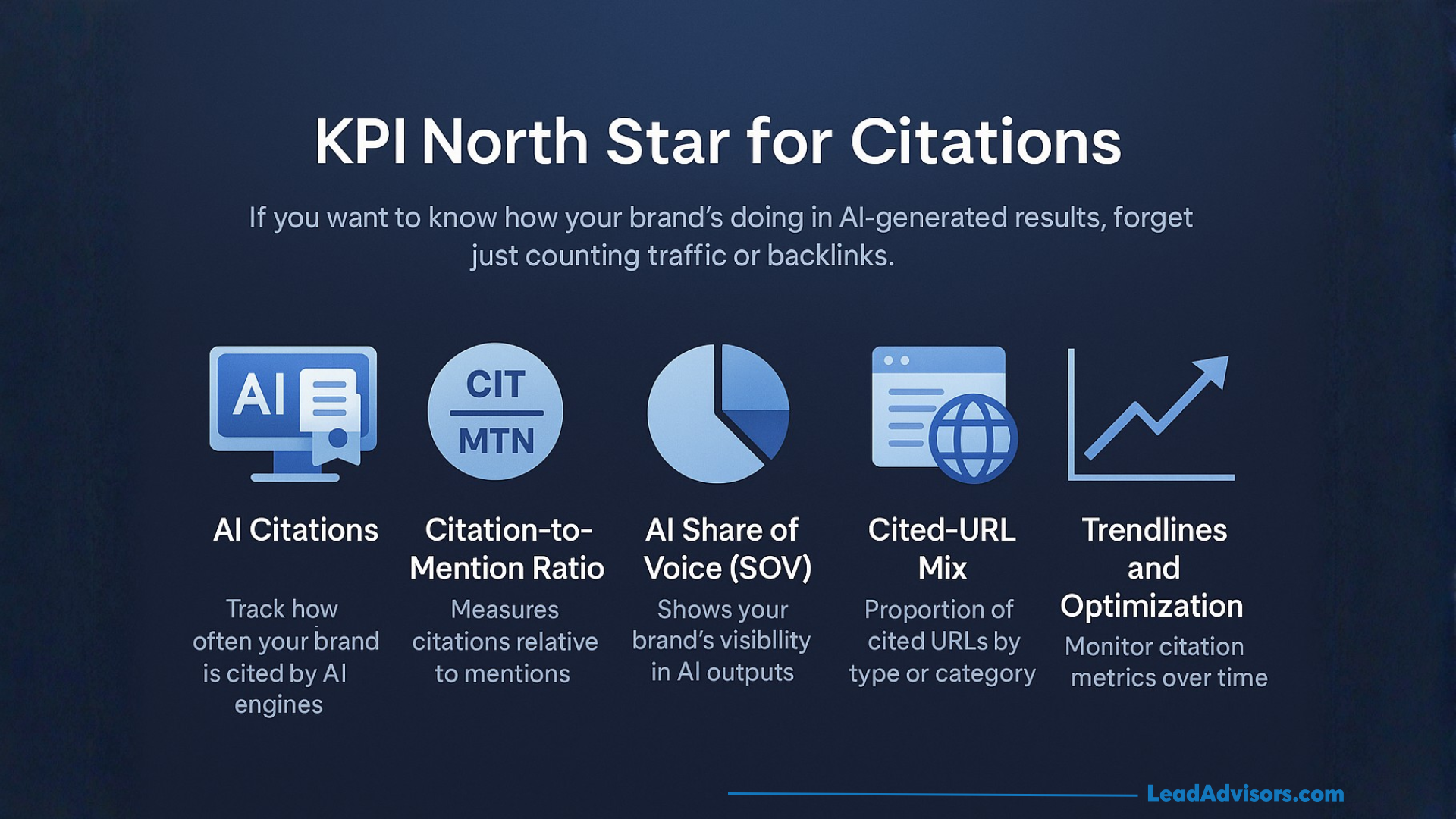
If you want to know how your brand’s doing in AI-generated results, forget just counting traffic or backlinks. Brands that keep an eye on citation-level data show up more often in places like ChatGPT, Gemini, and Perplexity. These KPIs actually tell you what’s working—helping you build trust, boost your reputation, and keep your brand image sharp.
1. AI Citations
Start by tracking how often your brand gets cited—break it down by platform, location, and topic. When you see those numbers going up across different AI engines, it means people trust your content and your info is hitting the mark.
2. Citation-to-Mention Ratio
This one measures how well you turn simple awareness into real credit. If your ratio stays above 0.25, you’re not just getting mentioned—you’re earning actual links and recognition.
3. AI Share of Voice (SOV)
Pay attention to how often your brand pops up for important prompts. When this number grows, it means you’re easier to find and your authority is on the rise.
4. Cited-URL Mix
AI likes it when you link to topic-specific pages—think product docs, data tools, or original research—not just your homepage. Keep adding fresh, evidence-based pages and links to tip the balance in your favor.
5. Trendlines and Optimization
Check these metrics every month. Look at what’s changed, then create content that answers questions or strengthens areas where you’re lagging. This constant loop helps people discover you and builds lasting authority.
Foundations: Make Your Brand Machine-Readable
If you want AI to notice your brand, you need structure and consistency—no way around it. Google’s 2024 Structured Data Report spells it out: brands that use complete schema see their names pop up more often in AI results. That’s a real boost for credibility and online reputation.
1. Entity & Schema Setup
AI models look for structured data to figure out who you are. So, apply the Organization, Person, and Product schema throughout your site. Details matter—things like your founding year, pricing, and leadership info need to match everywhere, from your website to your social profiles and business listings.
Don’t just set it and forget it. Use brand monitoring tools to check how people mention your brand online and fix any mistakes you find. This way, you stay in control of your story, and you gain valuable insights into how AI sees your brand. It pays off in the long run—your data stays accurate and your visibility grows.
2. Canonical Fact Hubs
Put all your key brand info in one, easy-to-find place—make it the go-to hub. Throw in key metrics, leadership bios, and clear pricing tables (stick to HTML formatting). Add a quick FAQ section and remember to stamp the page with a “Last Modified” date, so everyone knows your info is fresh.
This hub isn’t just for show. It becomes the main source AI pulls from, making your brand info easy to find and verify. You get more reliable citations and a solid foundation for future updates.
Architect Content AI Loves to Cite
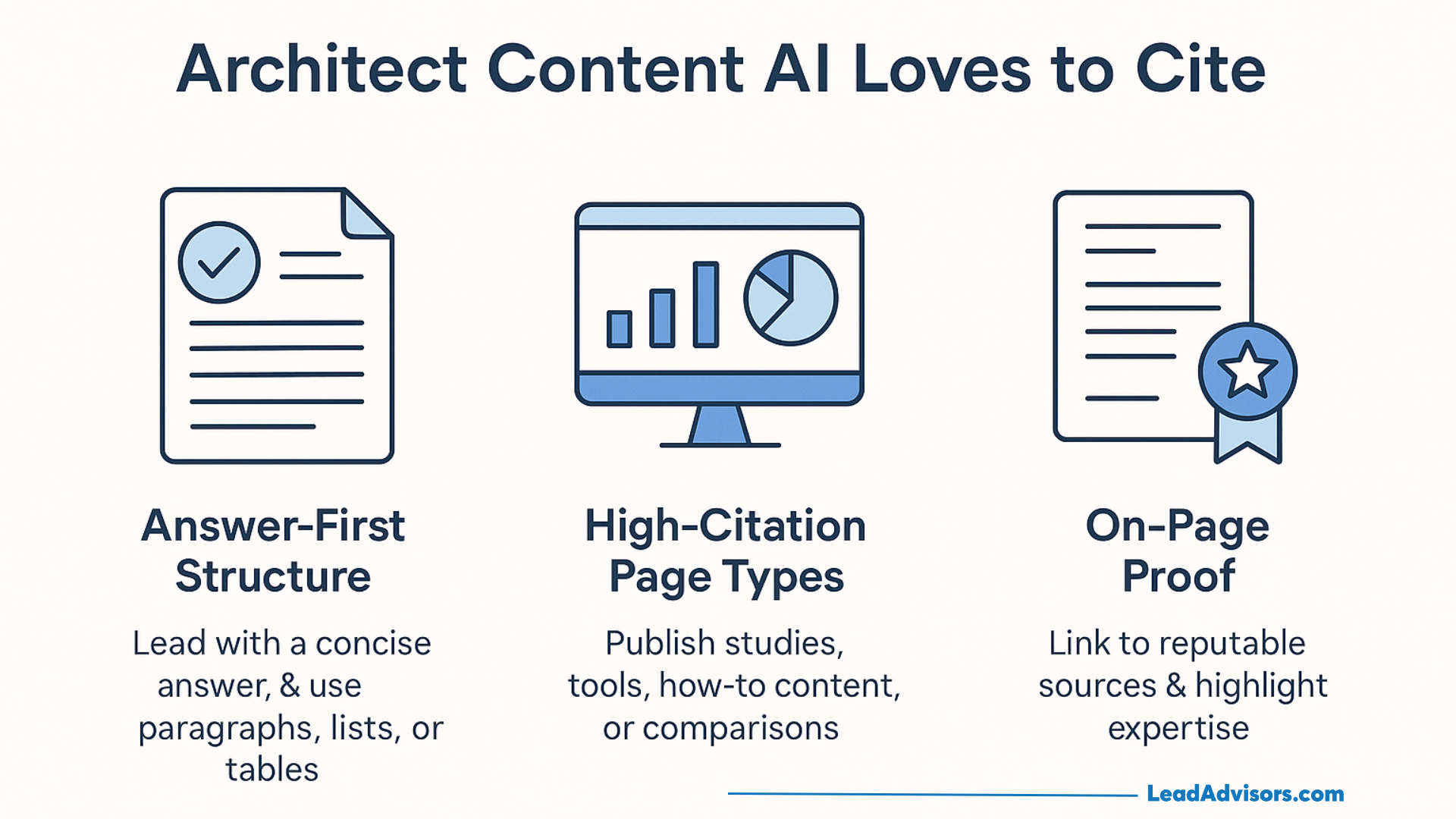
If you want AI systems to actually cite your work (not just summarize it and move on), you need to be clear, organized, and back everything up with real data. BrightEdge’s 2025 Generative Content Benchmark spells it out: AI engines love sources that are factual, well-structured, and show the author knows their stuff.
1. Answer-First Structure
AI models look for direct, quick answers. So, kick off each section with your main point up front. Then fill in the details. Keep paragraphs short, use data whenever you can, and don’t be afraid of lists or tables—they make your info easy to scan and grab.
- Try to put your key answer in the first 50 to 75 words of each section.
- Lists and tables aren’t just for looks; they help AI and people find what matters fast.
- Be transparent. Link to credible sources, and always include a “last updated” date.
2. High-Citation Page Types
Some pages naturally attract more citations and mentions than others:
- Data studies and original research with clear results
- Free tools or calculators connected to your services
- How-to guides and blog posts that solve real problems
- Head-to-head comparisons or “best of” lists, but only if you ground them in solid facts
These formats naturally build links, get shared on social media, and increase your chances of being referenced by generative AI.
3. On-Page Proof
Make it obvious that readers (and AI) can trust you. Link out to respected research, stamp your content with a date, and highlight your expertise or author credentials. Keep an eye on where and how your content gets mentioned—use analytics or monitoring tools to see if AIs and real people are referencing you correctly.
When you focus on structure, accuracy, and visible credibility, your content doesn’t just get read; it becomes a go-to source for both humans and machines looking to cite the best info out there.
Win Citations Where AIs Already Look (Third-Party Authority)
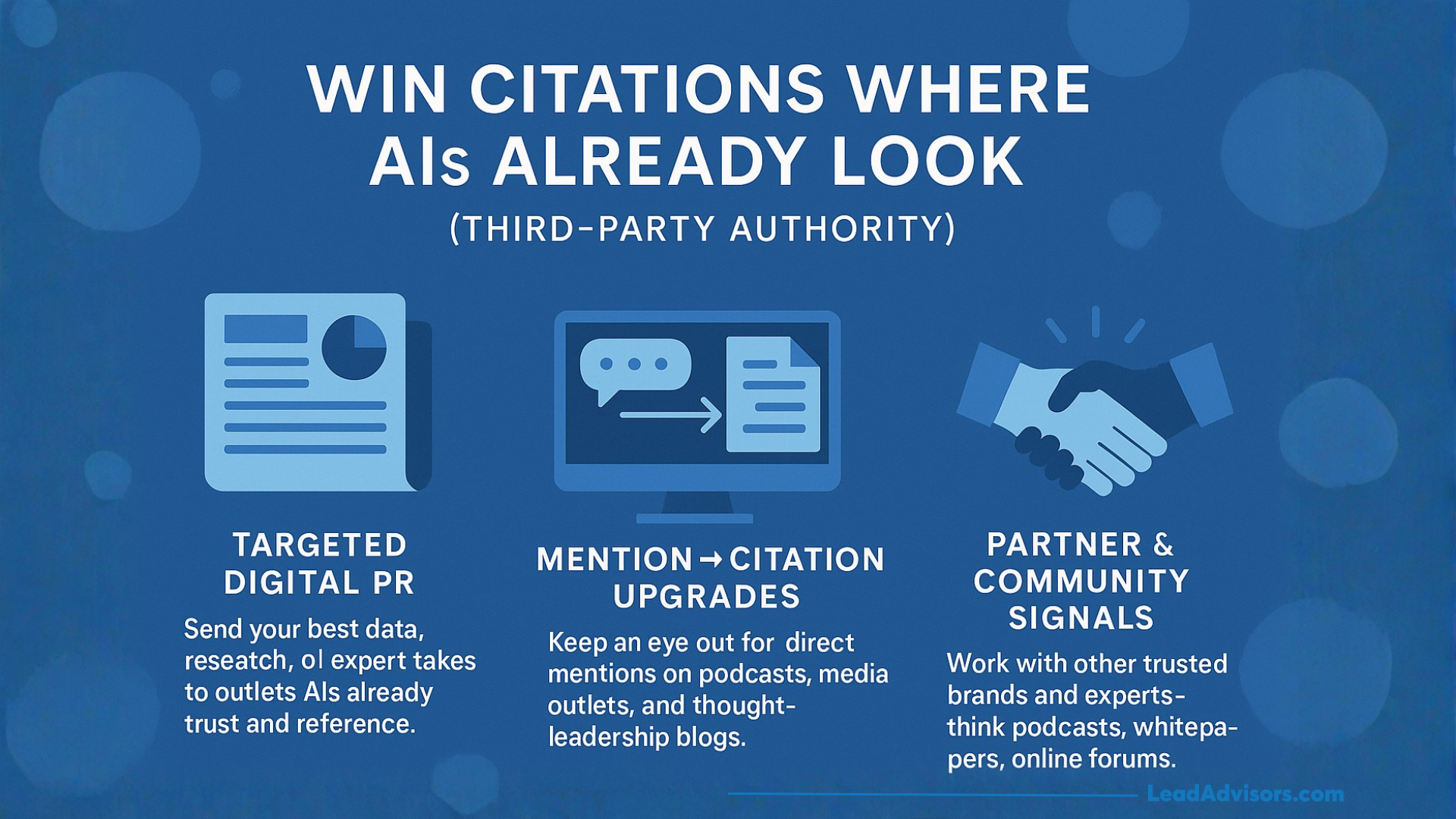
AIs already lean on big-name, high-authority sites. That’s just how they’re built. Sure, the media hype around AI sounds a little wild sometimes, but let’s face it—people are using these tools. Right now, more than 20% of Americans are heavy users, tapping into AI ten times or more every month. Almost 40% use at least one AI tool monthly.
But search engines haven’t gone anywhere. In fact, 95% of Americans still search online all the time, and 86% count as heavy search users. So, AI citations haven’t replaced SEO—they just stack on top. If you want your brand to be found, you need to show up in both places. That’s how you stay relevant for people and for AI.
1. Targeted Digital PR
Send your best data, research, or expert takes to outlets AIs already trust and reference. Got a news article covering or a killer insight? Get it into the hands of journalists who cover your space. If they write about it, you pick up credibility—and real citations. Mix in some social listening to see where your research pops up in conversations. This isn’t just about links; it’s about shaping how people see and share your brand.
2. Mention → Citation Upgrades
- Keep an eye out for direct mentions on podcasts, media outlets, and thought-leadership blogs. Turning these into links strengthens your presence in AI search.
- Integrate citation-building into your marketing campaigns to create sustainable exposure and link-building opportunities.
- Use PR tracking tools to find brand mentions on review sites or directories and convert them into verified citations.
3. Partner & Community Signals
Work with other trusted brands and experts—think brand reviews, podcasts, whitepapers, online forums. Partnerships like these make your brand look more legit and help you rack up more citations from AI and search. BrightEdge’s AI Authority Report (2025) found that brands that co-created content got more AI citations within just three months.
The bottom line? Connect with trusted publishers, pay attention to how people talk about you online, and build relationships with respected voices in your industry. That’s how you build trust—not just with people, but with the AIs that surface your brand to the world.
UGC Channels That Over-Index in AI
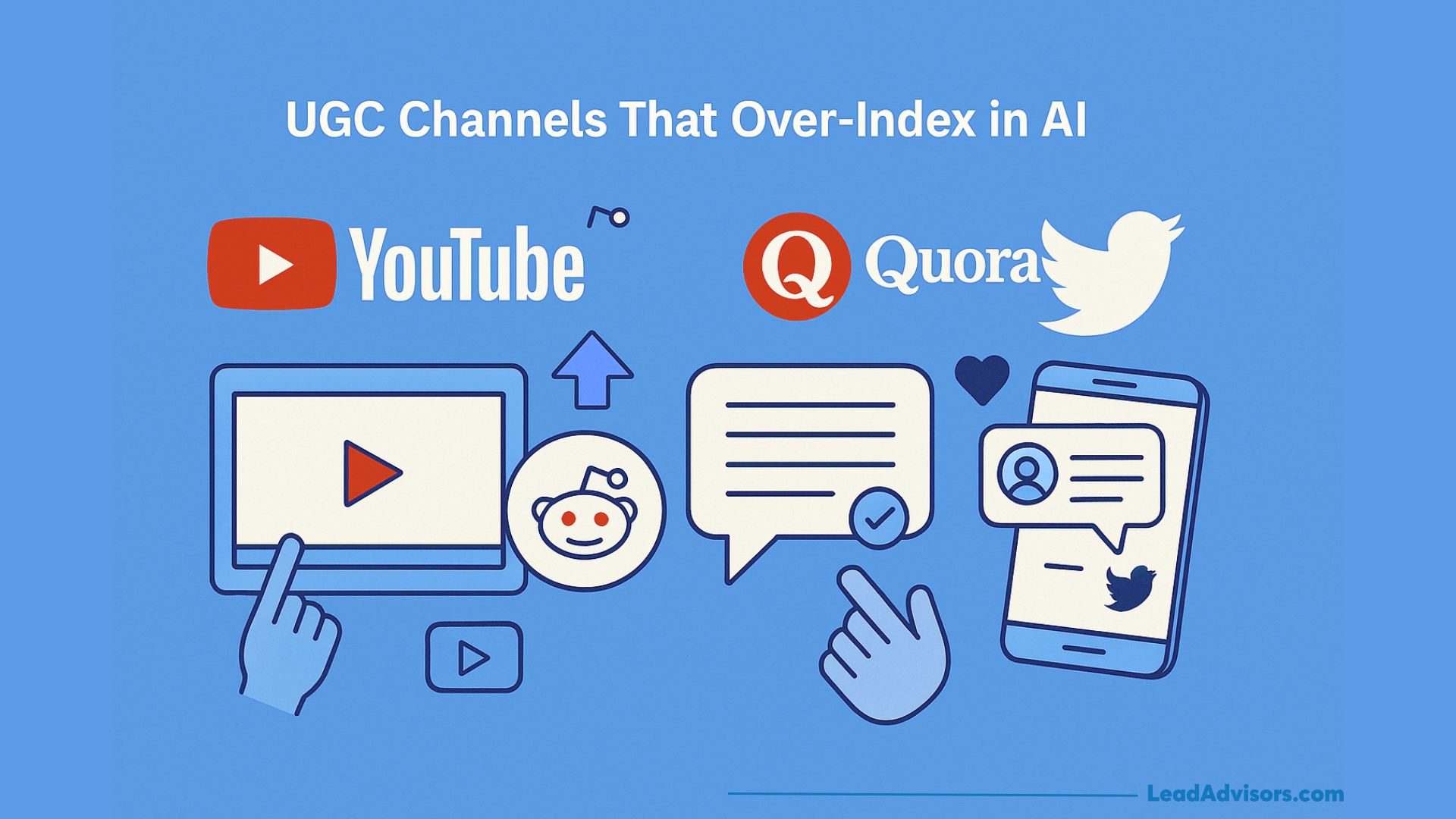
Turns out, user-generated content isn’t just noise online—it’s one of the first places AI goes for information. SparkToro’s 2025 Generative Ecosystem Study shows that over 45% of AI citations come straight from platforms like YouTube, Reddit, Quora, and, of course, the usual social channels.
These sites aren’t just full of opinions; they’re packed with real experiences and genuine voices, which fit right into what Google’s E-E-A-T framework values most.
YouTube: Demonstrate Experience and Authority

YouTube isn’t just for watching; AI models actually scan video transcripts and use them as sources. So, if you want to get noticed:
- Pick clear, descriptive titles and break your videos into chapters people (and machines) can follow.
- Drop links to your research or data in the description.
- Shout out positive comments or reviews to boost trust and show people really value what you share.
Reddit, Quora, and Online Forums: Earn Community Validation
When you show up in online discussions with honest, well-researched answers—and skip the sales pitch—you build real credibility. Posts that lay out results openly and provide solid sources stand out and get cited more often.
Leverage Social Media Engagement
It’s not just about being present; it’s about sparking genuine discussions. When people engage with your brand, share testimonials, or talk about their real experiences, it gives AI more reasons to pick up your content. UGC campaigns that encourage customers to tell their stories work especially well.
Authentic community interactions reinforce brand sentiment, showing AI that real users trust and engage with your brand.
Bottom line: When you weave structured UGC into your brand’s strategy, you don’t just boost visibility. You build trust, grow your reputation, and create the kind of authority AI pays attention to.
Prompt-Driven Optimization Workflow
If you want AI to cite your brand more often, you need a solid testing system—no guesswork, just real feedback. BrightEdge’s 2025 Generative Visibility Report found that brands using structured prompt workflows saw more AI citations in just three months.
1. Build a Prompt Library
Start by putting together a set of test prompts that actually sound like your users. Don’t just focus on keywords—think about how people ask questions in real life. Try things like “best [category] for [use case]” or “alternatives to [product].” These help you check if AI models really get your brand and pull up the right info.
Keep an eye on where your brand shows up. Use media monitoring tools and set up real-time alerts to find brand mentions on social media and in AI-generated content. If you spot your brand being misrepresented or overlooked, that’s a clue for what you need to fix.
2. Test → Diagnose → Fix
Run your prompts through ChatGPT, Gemini, and Perplexity. Track when your pages get cited, when your brand’s just mentioned, or when the AI gets your info wrong.
- Cited – your page is linked.
- Mentioned – your brand is named but unlinked.
- Misstated – your data or claims are incorrect.
Once you know what’s working (and what’s not), fill in the gaps. Update your structured data, clarify facts, and make sure your messaging is consistent. Don’t forget to check the tone in the AI’s summaries—does it match how you want your brand to sound?
Keep this workflow going. That way, your brand stays accurate, easy to find, and ready to be cited as AI search keeps changing.
Correction & Reinforcement Loop
Even when you’ve set up a solid structure and polished your content, old info and mistakes can still slip through the cracks. That’s where a correction loop comes in. It keeps your data accurate and your brand’s reputation intact—especially when AI is picking up your content. BrightEdge’s 2025 AI Index Maintenance Report found that brands running quarterly audits cut misinformation in search results by 29%. That’s a real difference.
1. Maintain an Issue Log
Track every mistake you find—wrong prices, off-brand details, old product info—during audits. Use monitoring tools to spot mentions and catch outdated stuff before it spreads. Pair this with sentiment analysis so you know how these errors actually shape public opinion.
2. Refresh Canonical Pages
Go straight to the source when you find misinformation. Keep fact sheets, FAQs, and pricing pages up to date so AI isn’t pulling from stale data. Add timestamps to your edits so it’s clear what changed and when.
3. Re-Test and Validate
After you update, run prompt tests to make sure AI systems picked up the new info. Keep an eye on how your brand shows up in search results and on social media. This helps you see how fast the corrections take hold and where you might need to step in again.
Stick with this cycle and you’ll keep trust high, your data reliable, and your brand’s authority strong—even as AI continues to shape how people find you.
Per-Platform Nuances (What Moves the Needle)
AI models might share the basics, but each platform has its own quirks when it comes to judging content. Some care more about how trustworthy your source is. Others zero in on how your data’s organized. Figuring out these differences helps marketers tailor content that not only earns the algorithm’s trust but also builds a solid reputation online.
ChatGPT / Search Integrations
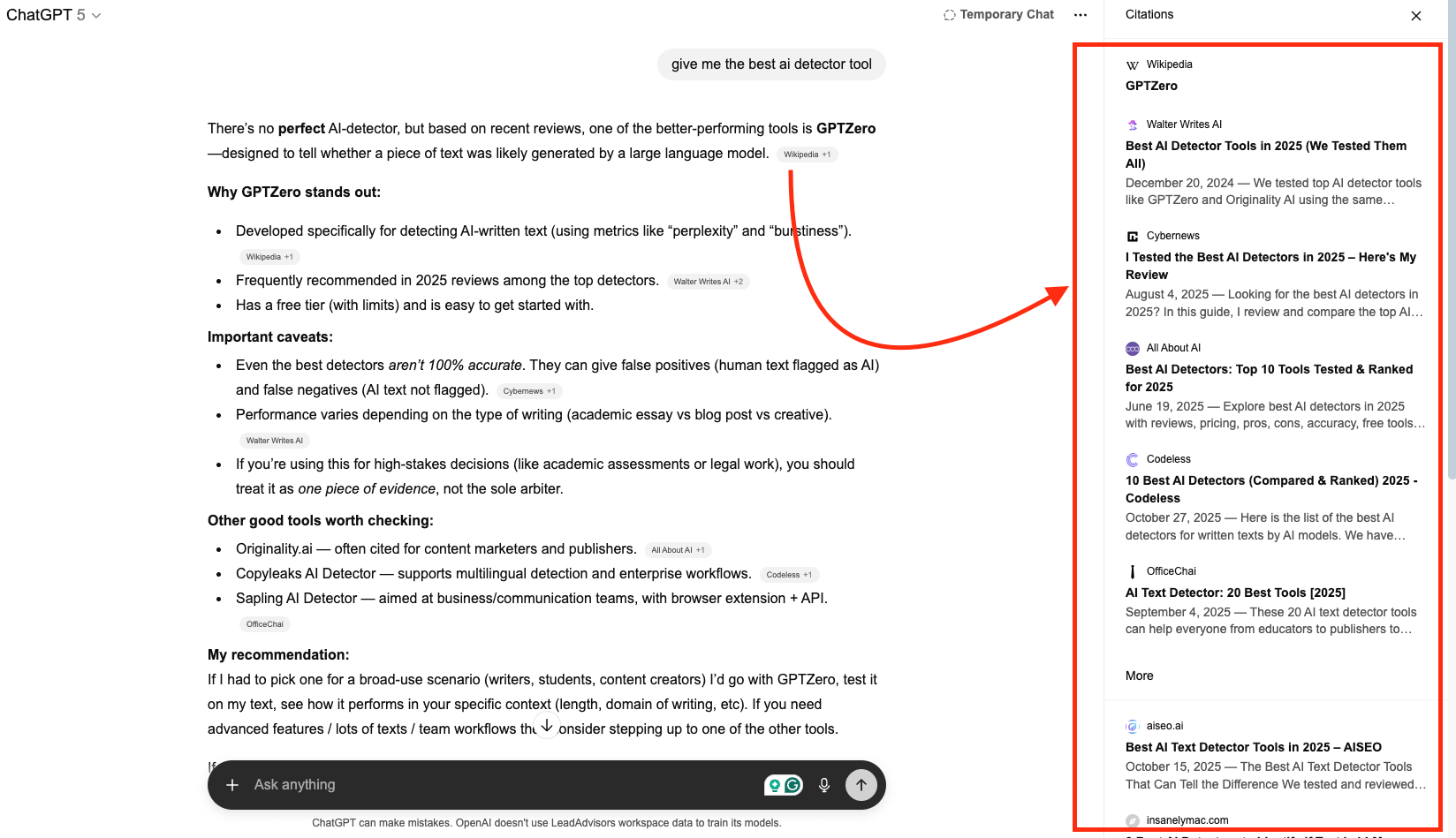
ChatGPT likes answers that get straight to the point and come from solid sources. If your page has a clear Q&A, straightforward summaries, and links out to trusted sites, you’re in good shape. Spell out the main takeaways and back it all up with real data—this gives you a better shot at showing up in those answer boxes.
Perplexity
![]()
Perplexity looks for content that’s both fresh and backed by multiple sources. If your brand keeps popping up across different sites, blogs, and social channels, you’re ahead. Content that’s recently updated and references at least three reliable domains tends to get picked up first.
Gemini / AI Overviews & AI Mode
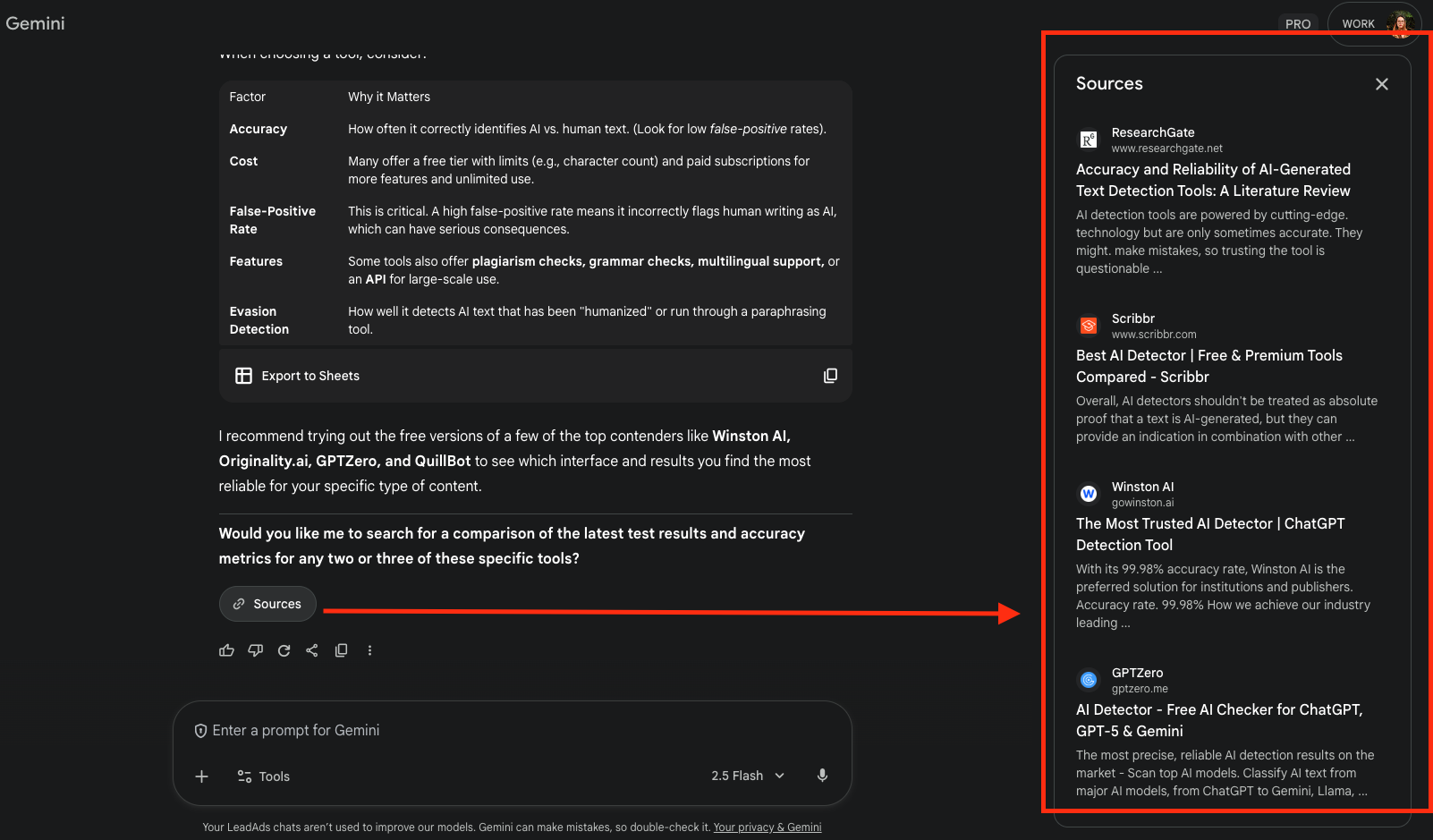
Google’s Gemini leans into content that’s rich in schema and follows good SEO practices. Clean markup, clear author info, and honest metadata do a lot to boost your visibility—both with Gemini’s AI and in standard search results.
Copilot (Microsoft Ecosystem)
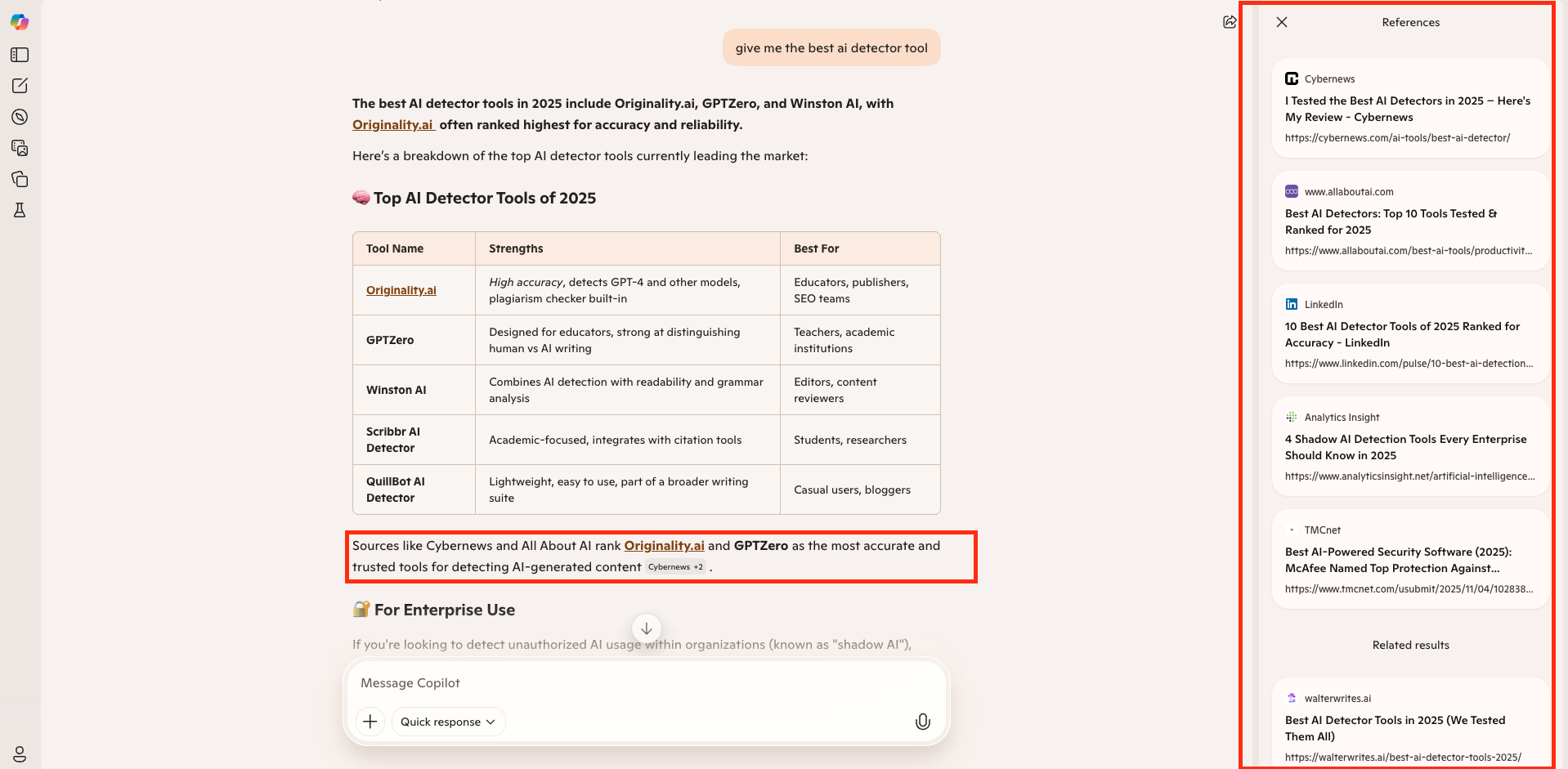
Copilot cares about clarity and technical accuracy. If your site includes thorough documentation, useful changelogs, and fact-checked FAQs, you’re more likely to get cited. Keeping everything structured and easy to verify builds trust, especially in more professional or enterprise spaces.
So, once you get a handle on what each of these systems is looking for, you can shape your content to fit—earning more citations, backlinks, and making sure people actually find and trust your work.
Measurement & Dashboards
Measuring your brand’s real impact in AI ecosystems takes more than just looking at traffic numbers or backlinks. Things have changed. Brands tracking AI-specific KPIs report higher visibility across ChatGPT, Gemini, and Perplexity within six months. That’s not a small jump.
Core Dashboard Metrics
![]()
What should you track? Here’s what really matters:
- Citations by Platform: Keep an eye on how often your content pops up in places like ChatGPT, Gemini, Perplexity, and Copilot.
- Share of Voice (SOV): See how often your brand gets mentioned in AI-generated answers when stacked up against your competitors.
- Cited URL Distribution: Figure out if AIs favor your homepage, blog, or some other resource. It tells you what’s working.
- Third-Party Referrers: Don’t ignore outside sources or social media channels. They can drive new citations your way.
- Sentiment & Mentions: Watch how people and AI engines talk about your brand. Is it positive, negative, or just neutral noise?
Turning Data into Insights
Now, don’t just collect data for the sake of it. Use these numbers to dig deeper—spot patterns in how your content is structured, check if your schema is actually helping, and make sure your facts hold up. Tie your dashboard to business goals like generating leads, growing your social following, or getting your name out there.
When you connect citation tracking with your bigger goals, you’re not just measuring whether your brand shows up—you’re tracking real authority in the world of AI-powered discovery. That’s how you stay ahead.
30/60/90 Implementation Plan
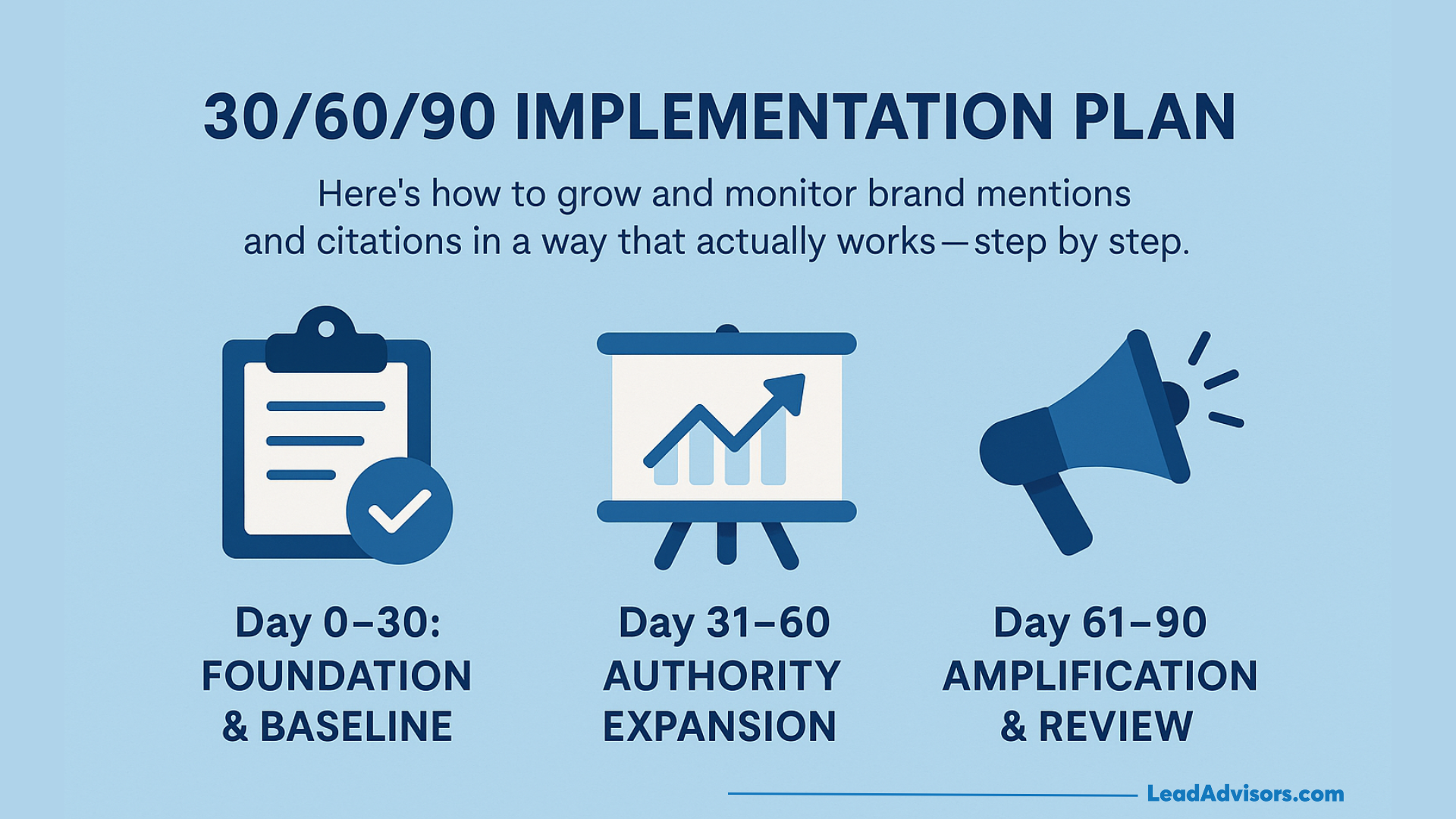
Here’s how to grow and monitor brand mentions and citations in a way that actually works — step by step. BrightEdge’s 2025 Generative SEO Lifecycle Study found that brands sticking to a clear 90-day rollout (mixing schema, PR, and UGC) boosted their AI citations by 41% and saw their online reputation get a real lift in just one quarter.
Day 0–30: Foundation & Baseline
- Conduct an entity audit and confirm schema accuracy across site and social media listings.
- Create or update canonical fact pages with timestamped company data.
- Launch a baseline citation dashboard to track social engagement, mentions, and emerging citation opportunities.
Day 31–60: Authority Expansion
- Publish 3–5 “answer-first” assets: research reports, comparison pages, and tools that attract fresh links and citations.
- Begin outreach to upgrade unlinked mentions and secure features in reputable media.
- Promote updates through social media and email campaigns to build visibility among potential customers.
Day 61–90: Amplification & Review
- Release data-driven PR content and encourage UGC participation.
- Re-run prompt tests to measure citation improvements and coverage consistency.
- Highlight progress internally to maintain a positive brand image and ongoing performance momentum.
By following this 90-day cadence, your brand can compound visibility, strengthen credibility, and generate measurable AI citation growth.
Templates & Snippets (Drop-In)
Consistent, machine-readable formats help AI models extract and cite your content accurately. According to BrightEdge (2025), brands that standardize schema and content structures achieve up to 44% higher AI citation retrieval rates. The templates below can be integrated into editorial, technical SEO, and digital PR workflows to strengthen visibility and retrieval precision.
1. FAQPage Block (Q → A Pattern)
<section itemscope itemtype=”https://schema.org/FAQPage”>
<div itemscope itemprop=”mainEntity” itemtype=”https://schema.org/Question”>
<h2 itemprop=”name”>What is an AI citation?</h2>
<div itemscope itemprop=”acceptedAnswer” itemtype=”https://schema.org/Answer”>
<p itemprop=”text”>An AI citation is a linked reference that credits the original source of verified information.</p>
</div>
</div>
</section>
Use FAQPage schema and timestamp updates to reinforce data freshness, factual accuracy, and trust.
2. Comparison Table (Schema-Friendly)
<table itemscope itemtype=”https://schema.org/Table”>
<thead>
<tr><th>Feature</th><th>Product A</th><th>Product B</th></tr>
</thead>
<tbody>
<tr><td>Starting Price</td><td>$49/mo</td><td>$59/mo</td></tr>
<tr><td>Integrations</td><td>Slack, Google Analytics</td><td>HubSpot, Zapier</td></tr>
</tbody>
</table>
Keep text-based cells, add a <caption> with a version date, and use structured markup for extractability.
3. Outreach Email (Unlinked → Linked)
Subject: Quick Link Update — [Brand Name] Reference
Hi [Name],
I noticed you mentioned [Brand Name] in “[Article Title].”
Would you add this verified source link? [Preferred URL]
“[Brand Name]’s 2025 Report provides the dataset referenced above.”
Best,
[Your Name]
Converting even 10–15% of unlinked mentions can raise your Citation-to-Mention Ratio by ~0.3 within one quarter.
4. Data Study Framework
Structure: Abstract → Method → Results → Charts → Limitations → Sources
Include dataset details and transparent methodology—AI systems prefer studies with replicable data, factual precision, and clear visuals that reinforce E-E-A-T standards.
5. YouTube Description Skeleton
Title: How to Increase Brand Citations in AI Responses | [Brand Name]
Description:
00:00 Intro | 01:10 Why Citations Matter | 03:45 Schema Setup
Resources:
Full guide → yourdomain.com/ai-citations-guide
Free tool → yourdomain.com/schema-checker
#AISEO #DigitalPR
Use descriptive titles, transcripts, and links to canonical source pages rather than the homepage for better retrieval accuracy.
Common Pitfalls (and Quick Fixes)
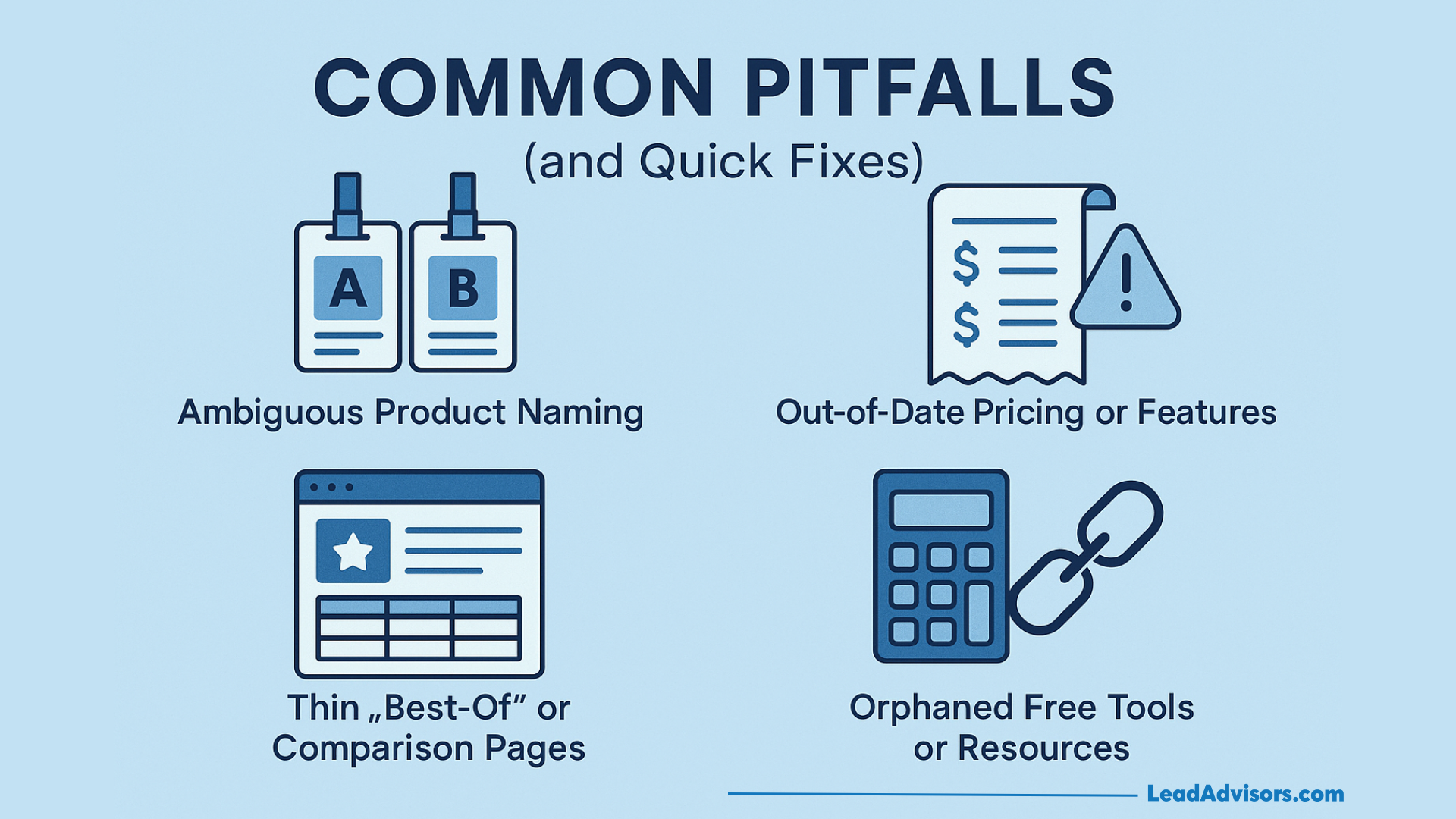
Even the best SEO tactics and content plans can slip up when there are structural issues or old data hanging around. A 2024 AI Content Audit from Search Engine Land found that brands losing ground in AI results usually have unlinked pages, factual slip-ups, or schema problems. Here’s what to watch out for — and some fast ways to fix things so your info stays accurate, trustworthy, and easy for AI to grab.
1. Ambiguous Product Naming
Problem: When products or versions have names that overlap, it throws AI off. It can’t always tell which thing you’re talking about, so it gets confused and misses details.
Fix: Stick a short note at the top of important pages, like, “This page covers [Product X], part of the [Brand Y] suite.” Make sure related pages link to each other — it helps AI (and people) see how everything fits together.
2. Out-of-Date Pricing or Features
Problem: If your prices or features don’t match up across your site, or you let them get old, AI drops you down in results. It’s looking for up-to-date, solid info.
Fix: Keep one main pricing page, update it regularly, and mark the date (“Last updated: March 2025”). Add a quick list of recent changes, so everyone knows what’s new and when you changed it.
3. Thin “Best-Of” or Comparison Pages
Problem: If your “best” lists or comparison pages don’t explain how you made your picks, they come off as biased. Users — and AI — trust them less.
Fix: Spell out your criteria, show your scoring, and add a simple methodology section. Tables help too. This kind of clear, data-backed content lines up with E-E-A-T and helps AI pull the right info.
4. Orphaned Free Tools or Resources
Problem: Free calculators, templates, or data sets that don’t link from other pages barely get crawled or noticed by AI.
Fix: Link all your tools from guides, resource centers, or fact pages. Drop in a quick line about each one, like, “Use this calculator to estimate monthly ROI,” so it’s clear what it does and why it matters.
Frequently Asked Questions
How long until AI adopts new citations?
What if we’re mentioned but not linked?
Do nofollow links matter for AI citations?
Should we localize fact pages or centralize them?
How many third-party citations are needed to shift Share of Voice (SOV)?
Conclusion
Generative AI is quickly becoming the main way people discover brands, and citations (not just mentions) are what set you apart. When you back up your content with clear structure, reliable schema, third-party references, and real community engagement, you turn visibility into trust you can measure. Keep tracking mentions, listen to your audience, and update your data often. Every factual update, link fix, or user-generated post makes AIs see you as more credible.
Blend technical accuracy with open communication. That’s how your brand earns lasting credibility, a stronger reputation, and steady recognition across AI-driven platforms. The brands that treat information as data meant to be cited—not just read—will own the future of search.



